SteelSeries' Rival 310, Sensei 310 Gaming Mice Promise 1:1 Tracking, To A Point
To hear SteelSeries tell it, there are four key features of its new Sensei 310 and Rival 310 gaming mice: 1:1 tracking, low latency/fast response time, and advanced jitter reduction, and they’re brought to you by a custom SROM (storage read-only medium) for the sensor that SteelSeries developed in partnership with PixArt.
The optical sensor, exclusive to SteelSeries, is called TrueMove3, and it boasts 12,000CPI and 350IPS. SteelSeries knows that the glowingly high CPI count is mostly just a marketing point with little real-world value, but company reps did tell Tom’s Hardware that they wanted to have some overhead to play with--hence the high CPI.
It’s on the lower end of the CPI scale, though, that SteelSeries promises its best feature. The company claimed that the TrueMove3 offers true 1:1 tracking because it eliminates the input lag and jitter reduction that most alleged 1:1-tracking sensors introduce.
However, that’s true only between 100-3,500CPI; after that point (3,500-12,000CPI), the TrueMove3 employs “advanced jitter reduction.” That’s a bit of turnabout from the notion that 1:1 tracking gets hampered by that very feature, but SteelSeries maintains that once you get past 3,500CPI, you need more of a balance.
The IPS is consistent from 100-12,000CPI, in any case, and SteelSeries promised ultra-low latency at all CPI settings, too.
SteelSeries dropped the TrueMove3 sensor into two mice, the Sensei 310 and the Rival 310 gaming. The primary difference between them is that the former is an ambidextrous mouse and the latter was designed ergonomically for right handers. Further, the Sensei offers eight programmable buttons (L/R click, DPI button, scroll wheel, left-side navigation x2, and right-side navigation x2) to the Rival’s six. The Rival lacks the right-side nav buttons.
The Rival 310:
Get Tom's Hardware's best news and in-depth reviews, straight to your inbox.
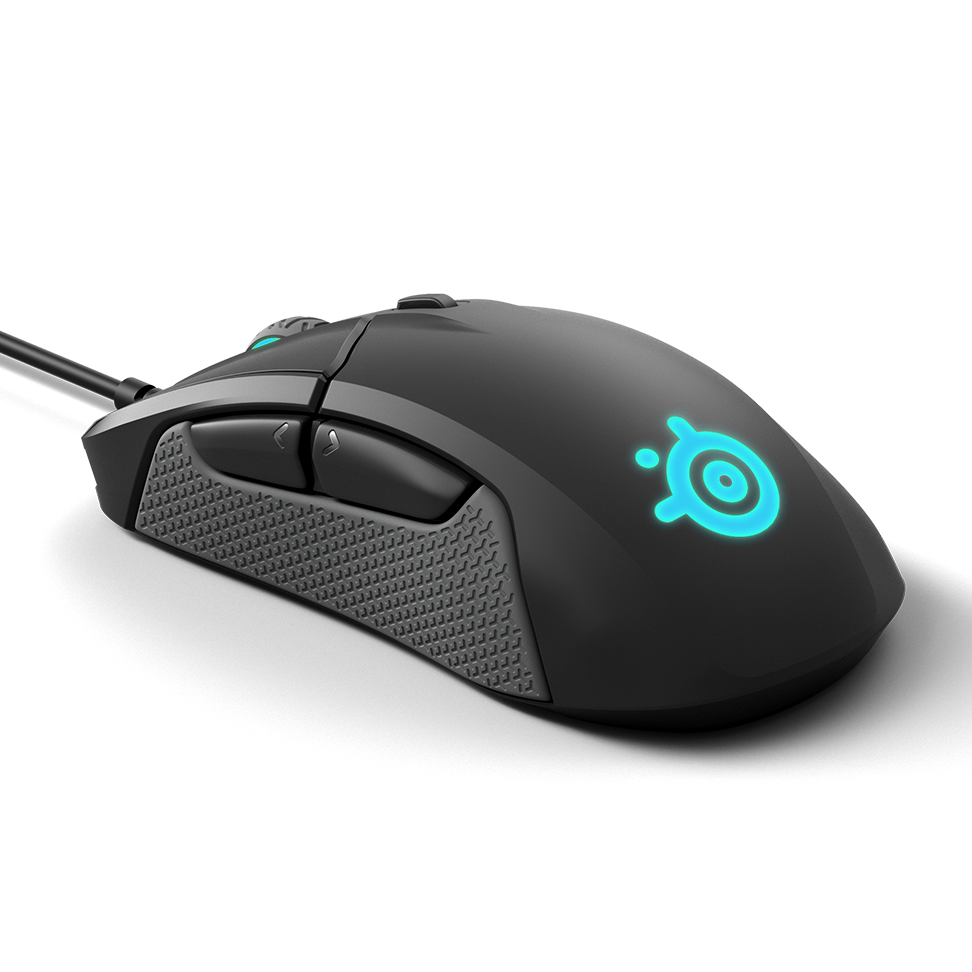


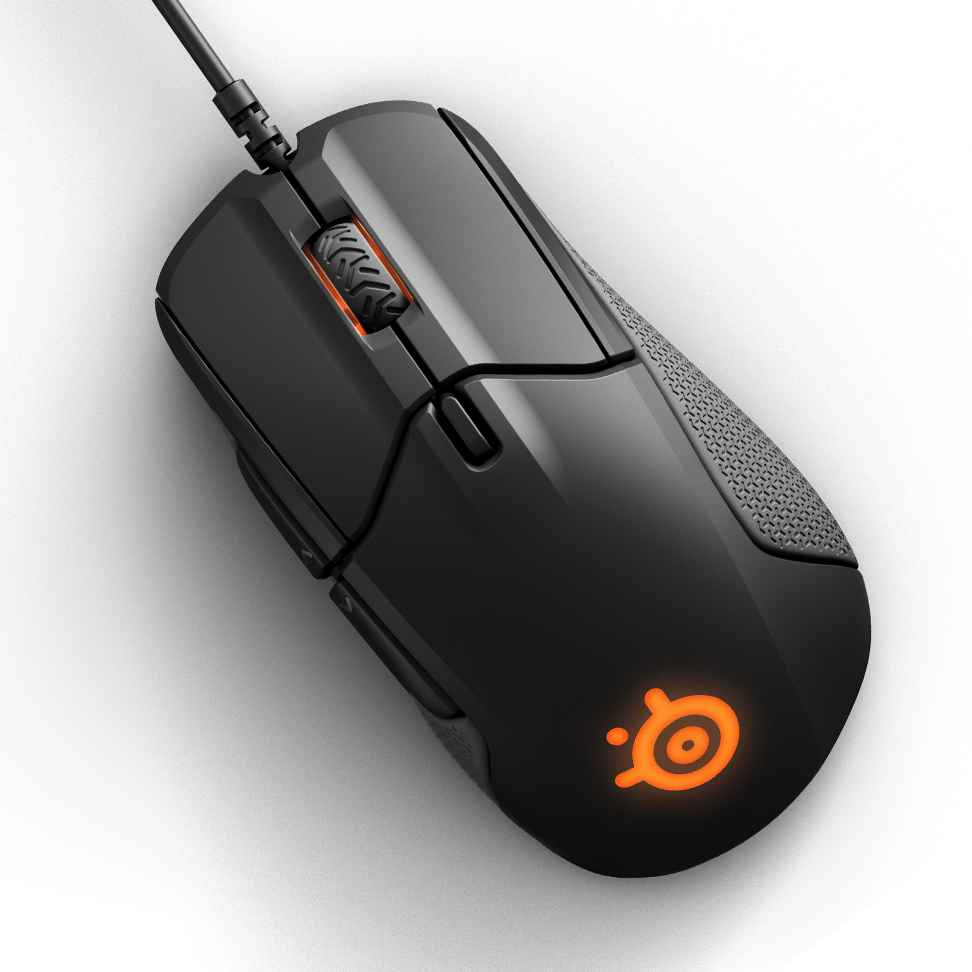
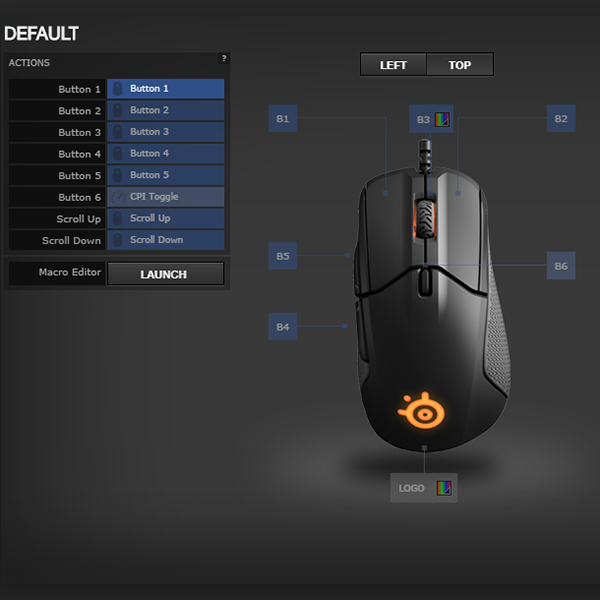
Both mice has two RGB lighting zones (the logo on the palm and the scroll wheel) that you can control with the SteelSeries Engine Software, and you can save your settings and profiles to their onboard storage. Their matte finish has a bit of texture, and the silicone side grips that ostensible promote a strong grip even under the duress of your sweaty palms and hot gaming action. The mice both weigh just 90g and feature two-meter cables.
The Sensei 310:
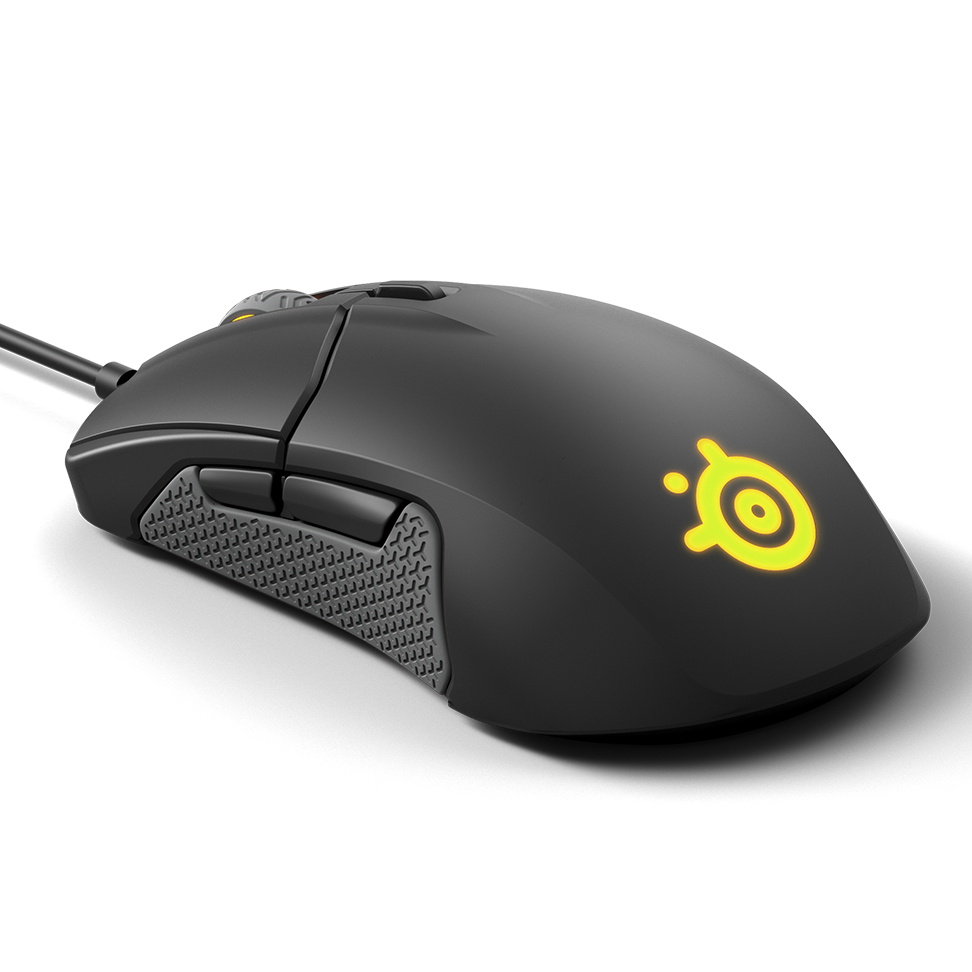
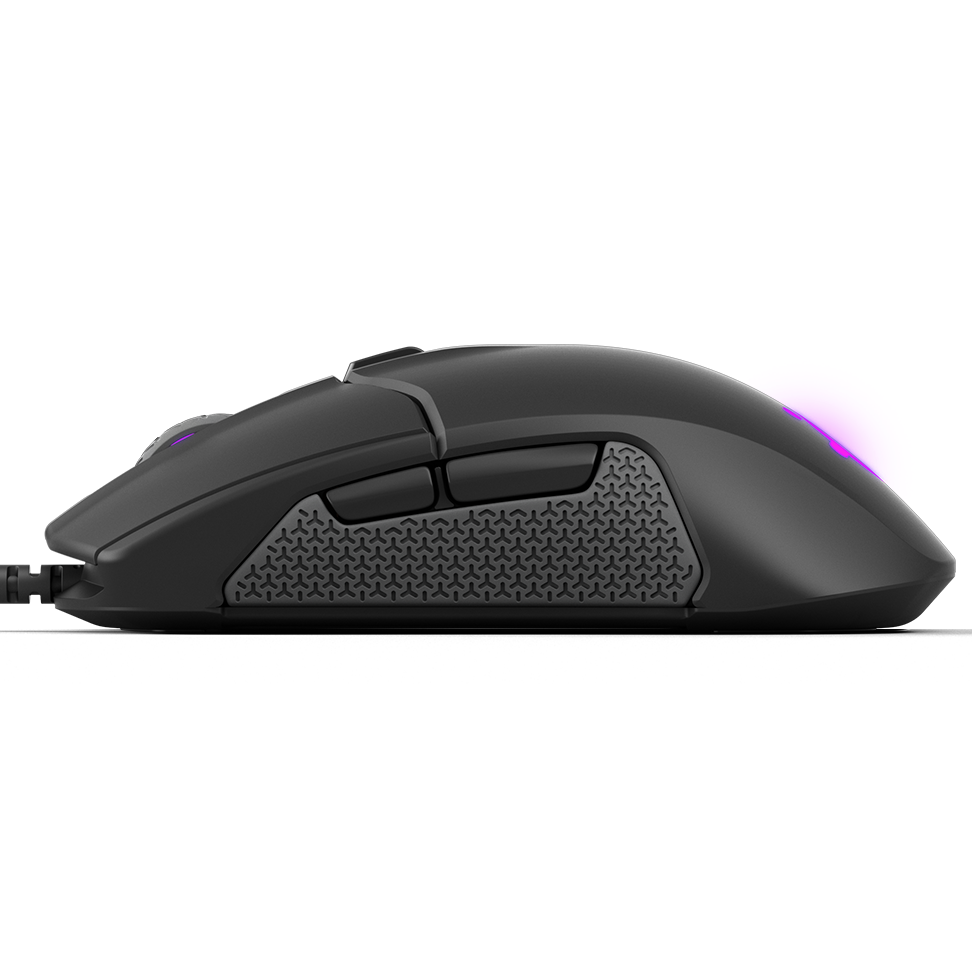
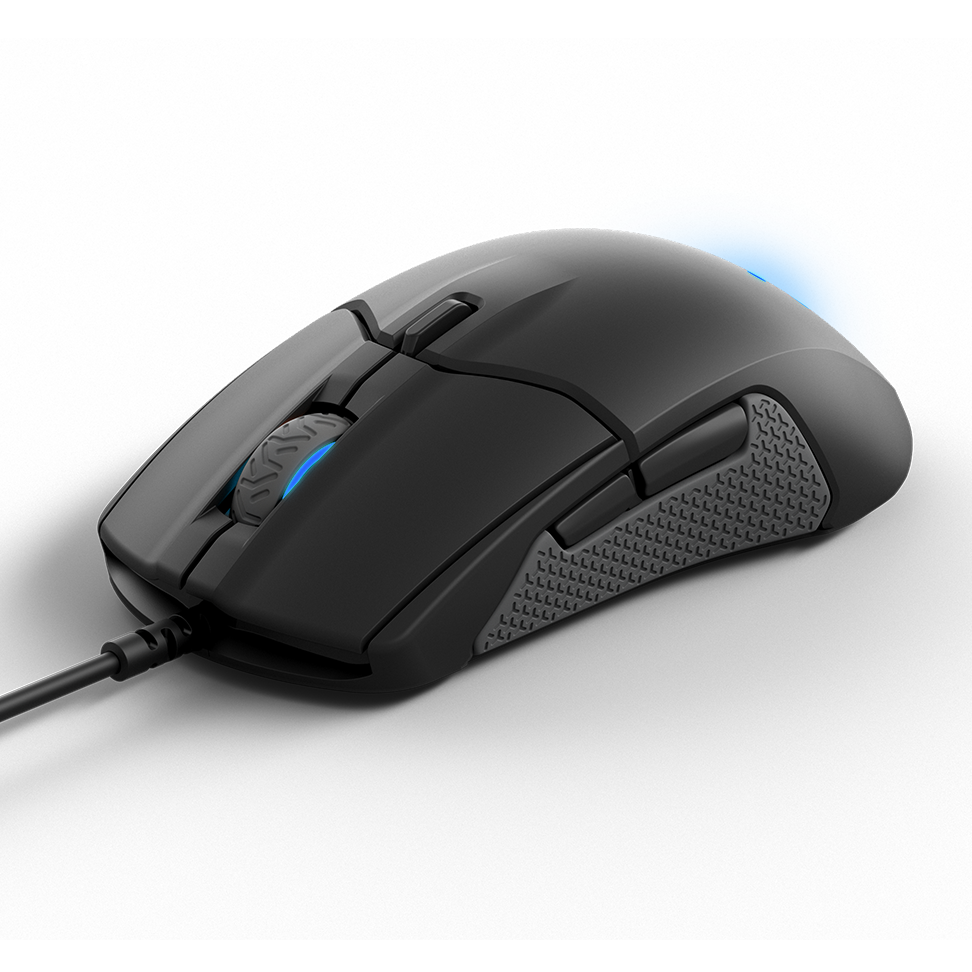
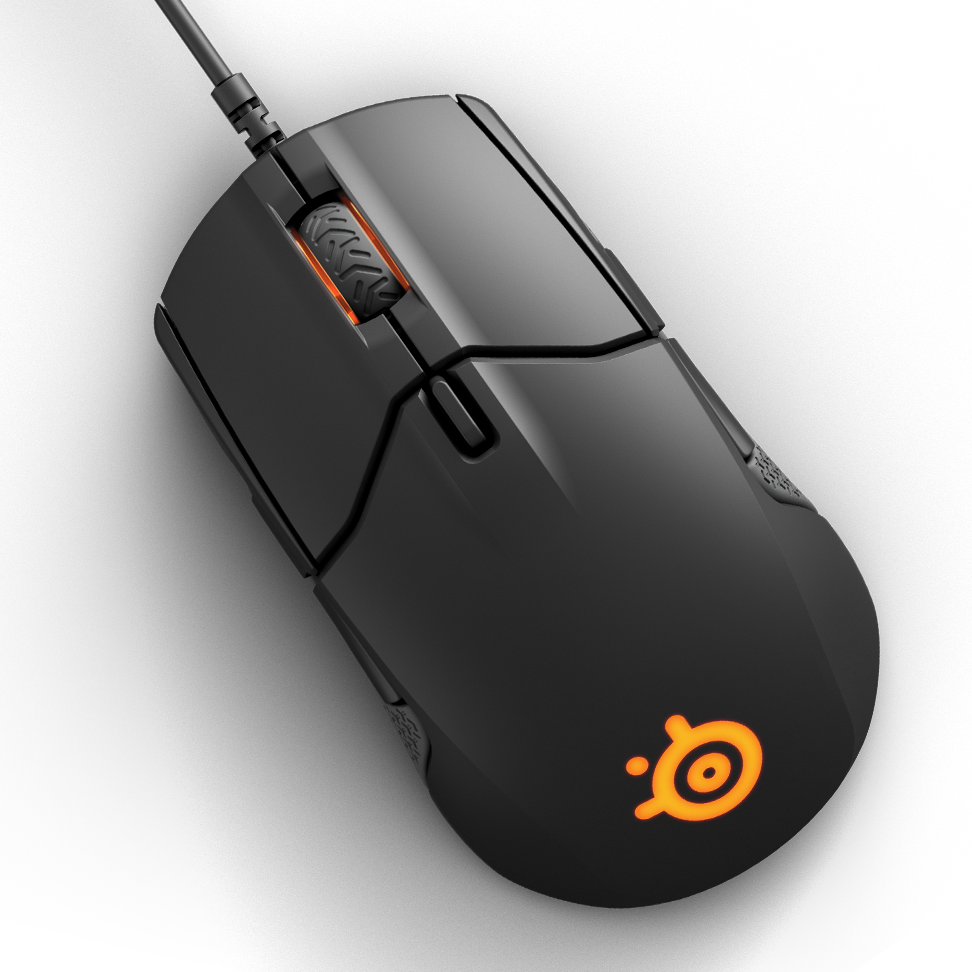

Note, too, that the ambidextrous and right-handed models bear the same MSRP of $60. This is a wise move on the company’s part, because by eliminating the variable of a cost difference, SteelSeries can better track the demand for one mouse over the other. For example, if the Sensei was $60 and the Rival was $70, one would never know if more people preferred the latter or if it was just a cost consideration. (Cooler Master is taking the same approach to its latest fleet of mice, as well).
That’s not to say $60 is cheap for a mouse--it isn’t--but it’s certainly on par with the competition’s prices for similarly-appointed products.
Seth Colaner previously served as News Director at Tom's Hardware. He covered technology news, focusing on keyboards, virtual reality, and wearables.
-
sparkyman215 These are attractive mice at (what I think is) a decent price. If their graphs in the product page of basically zero jitter is true and it's a good mouse, I'd definitely get it.Reply -
ashburner Just ordered one direct. Free 2-4 day shipping. I'll try it out and post an update on my thoughts.Reply -
matt761 They should give more details on their deviation count graph on their website. What constitutes a positive or negative deviation? For all we know, the deviation could be insignificantly small for the other mice but just slightly larger then the 310. That could show a misleadingly large difference but not mean much in the real world.Reply
